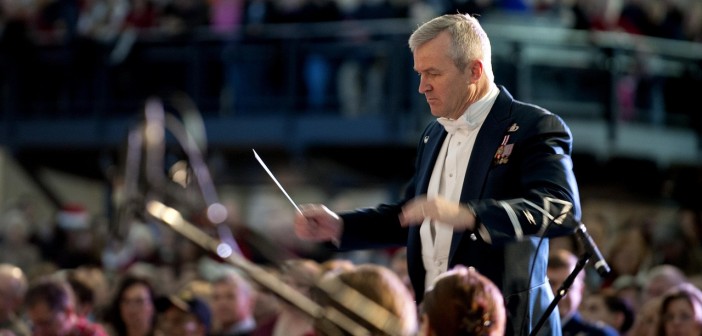A pastor talks about practicing leadership theory learned from reading Leadership on the Line by Ronald A. Heifetz and Marty Linsky, who advocate the role of mediator for the leader.
Upon returning home after a week away, I learned that several key leaders in the church were in disagreement with one another. Their disagreement had escalated to a point of personal hostility. Knowing the problem needed to be addressed, I called each of them to set a time when we could all meet to address the problems.
Most wanted me to take their side. Fortunately, I remembered reading in Leadership on the Line (Ronald A. Heifetz and Marty Linsky, 2002) that the role of the leader is to orchestrate the conflict and not to align with one side, thus ostracizing others. Therefore, I explained that their concerns could be shared when we all met together and that together we would seek a solution. I tried to prepare the group for what Heifetz and Linsky call a “holding environment,” a space within which people can tackle tough questions without flying apart.
I mediated the discussion. Everyone was free to voice concerns but without personal attacks. Throughout the meeting, I continued to ask the group, “How can our actions help us fulfill the mission of our church?” The leaders came to see that their actions could be worked through in a way that would benefit the whole congregation. The meeting concluded with apologies, and the group agreeing to a solution that aligned well with the mission of the congregation.
In this experience I found that leading with vision is highly beneficial. I could stand on the high ground, asking how we could work together as a team in fulfilling the mission of our congregation, instead of feeling the need to take sides. Instead of putting a bandage over the problem, we worked through the issues, not only to seek forgiveness and reconciliation with one another, but also to find a solution helped fulfill the church’s mission.






